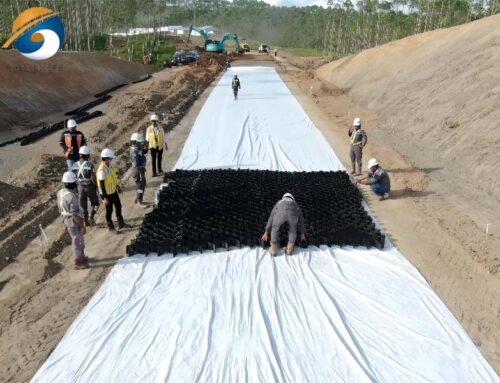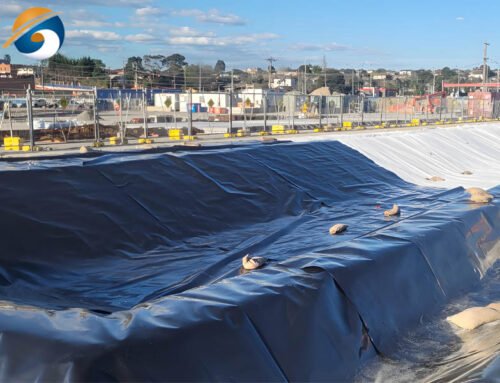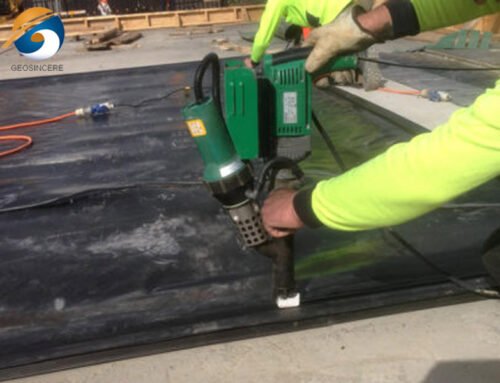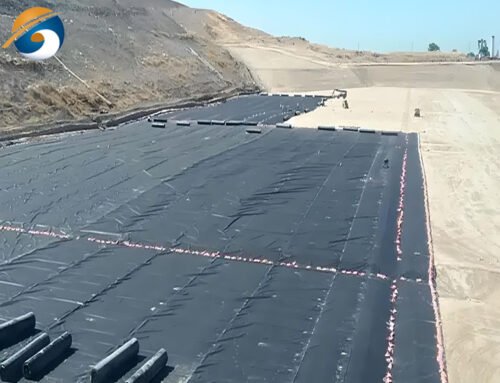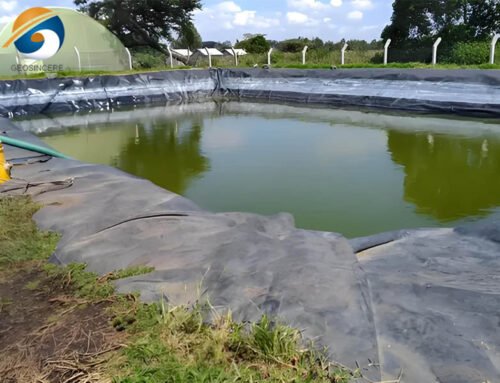The driveway is more than just a path for vehicles; it is a fundamental component of a property’s curb appeal, functionality, and environmental interaction. For decades, homeowners have been largely confined to a binary choice: the ubiquitous black expanse of asphalt or the solid gray slab of concrete. While these materials have served as the standard, they come with a well-documented litany of chronic issues—unsightly cracking, susceptibility to frost heave, poor water permeability leading to runoff, significant maintenance costs, and a substantial environmental footprint. Alternatives like loose gravel or pavers offer some benefits but introduce their own problems, such as constant migration, weed growth, and settling.
However, a transformative solution has been steadily emerging from the realms of heavy civil engineering, military logistics, and environmental restoration. This solution is the geocell driveway. Geocell represents not merely a new material, but a fundamental shift in philosophy, moving from a rigid or unconfined surface to a mechanically stabilized, flexible, and intelligent system. By harnessing the simple yet profound principle of cellular confinement, geocell technology offers a robust, cost-effective, and eco-friendly answer to the limitations of traditional driveways, redefining what a durable and sustainable ground surface can be.
1. Deconstructing the Technology – What Exactly is a Geocell?
To fully appreciate the benefits of a geocell driveway, one must first understand the core technology. A geocell is a three-dimensional, honeycomb-like structure, typically manufactured from high-density polyethylene (HDPE Geocell) or other advanced polymer alloys known for their strength, durability, and resistance to chemical and biological degradation. These materials are engineered to withstand extreme temperatures and ultraviolet radiation, ensuring a long service life.
The geocell arrives on site as a compact, folded stack of interconnected strips. When stretched open and laid on a prepared base, it expands into a flexible, yet remarkably rigid, web of uniform cells. These cells are the heart of the innovation. Their purpose is cellular confinement. Each cell acts as a miniature retaining wall, preventing the infill material—whether it be soil, sand, gravel, or recycled aggregate—from moving laterally when subjected to pressure.
This confinement is what transforms weak, unbound materials into a powerful composite system. Imagine a loose pile of marbles on a table; apply pressure, and they scatter in all directions. Now, place those same marbles inside a grid of fixed, individual compartments. Under the same pressure, they are unable to move sideways, and instead, the load is distributed downward and outward through the interconnected matrix. This is the fundamental engineering principle behind a geocell driveway. It creates a “mattress” of stabilized earth that behaves like a monolithic slab but with the flexibility and permeability of a granular surface.
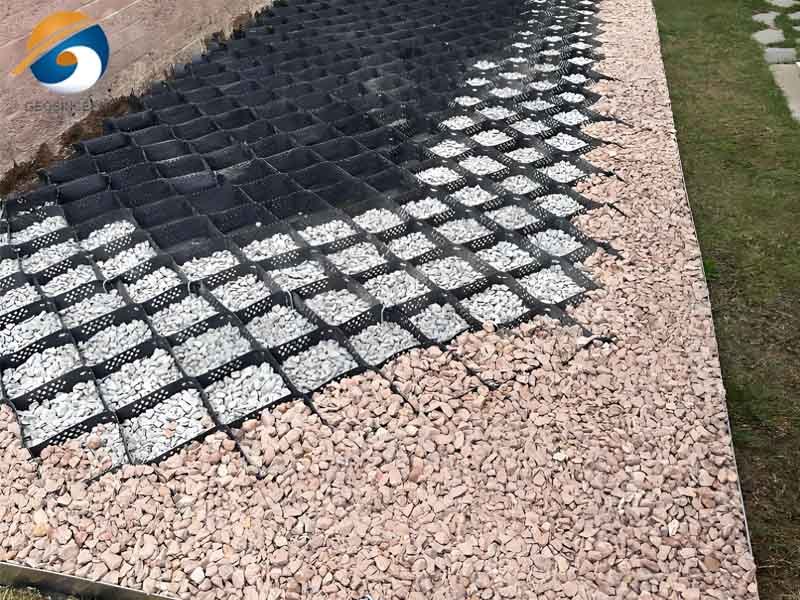
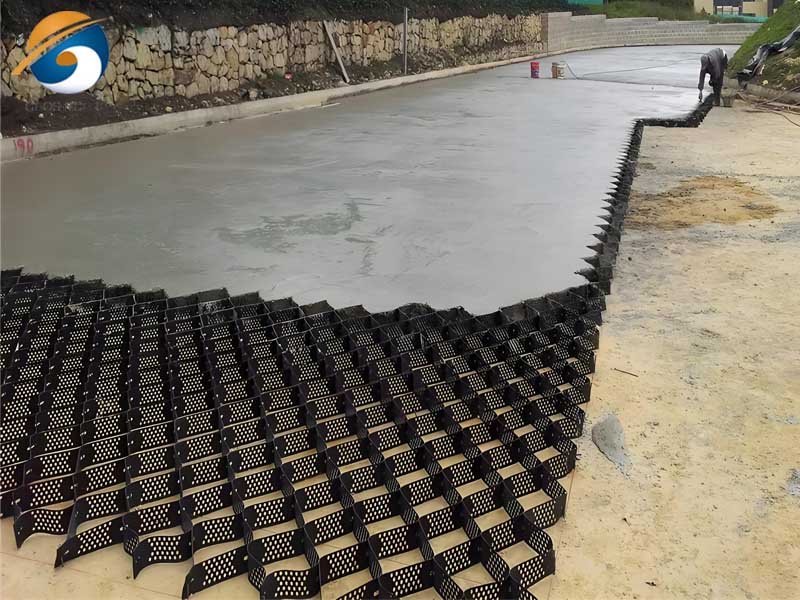
2. The Installation Process – A Blueprint for Success
The installation of a geocell driveway is a systematic process that, when followed correctly, guarantees its renowned performance. It is a more straightforward process than pouring concrete or laying asphalt, but it requires precision and attention to detail.
2.1 Geocell Driveway – Site Excavation and Subgrade Preparation
The process begins with excavating the area to a sufficient depth, typically between 8 to 12 inches, to accommodate the base layers and the geocell itself. The native soil, or subgrade, is then critically important. It must be properly graded to ensure positive drainage (usually a 2% slope away from structures is recommended) and then thoroughly compacted. A stable, well-compacted subgrade is the non-negotiable foundation upon which everything else is built.
2.2 Geocell Driveway – Geotextile Fabric Placement
Before the geocell is laid, a non-woven geotextile fabric is rolled out over the compacted subgrade. This fabric plays two vital roles: separationand filtration. It prevents the fine particles of the subsoil from pumping up into the clean aggregate of the base and infill, and vice-versa, which would lead to contamination and instability. Simultaneously, it allows water to pass through freely, facilitating drainage while keeping the structural layers distinct and intact.
2.3 Geocell Driveway – Geocell Deployment and Anchoring
The collapsed geocell panels are then unrolled and expanded across the entire prepared area. They are secured to the ground using J-shaped or U-shaped anchoring pins, which hold the system in place during the filling process and ensure it maintains its expanded form under stress.
2.4 Geocell Driveway – The Infill Process
The Heart of the System:This is the stage where the driveway takes its final form and character. The expanded cells are filled with the chosen material. The versatility here is a key advantage:
For a Granular Driveway:Crushed stone, gravel, or even recycled crushed concrete are excellent choices. The angular nature of crushed materials interlocks well, providing even greater stability.
For a Green” or Grass Driveway: The cells can be filled with topsoil and seeded with grass or a hardy ground cover. This creates a lush, green surface that is deceptively strong, capable of supporting the weight of a fire engine without rutting, while blending seamlessly into the landscape.
The infill should be placed in layers, with each layer lightly compacted to ensure maximum density and eliminate voids. It is common practice to overfill the cells slightly to account for initial settlement.
3. Why Choose a Geocell Driveway?
The benefits of choosing a geocell system are multi-faceted, addressing practical, financial, and environmental concerns.
3.1 Geocell Driveway – Superior Durability and Load-Bearing Capacity
The primary benefit is unparalleled stability. The cellular confinement distributes vertical loads over a much wider area than a conventional flexible pavement. When a vehicle’s tire applies pressure, the force is dissipated laterally through the interconnected web of cells. This dramatically reduces rutting, deformation, and the creation of potholes. It is exceptionally resistant to the destructive forces of freeze-thaw cycles, as the flexible structure can accommodate minor ground movement without cracking. This makes it ideal for driveways that must support heavy vehicles like RVs, boats, and frequent delivery trucks.
3.2 Geocell Driveway – Exceptional Permeability and Erosion Control
In an era of increasing focus on sustainable water management, the geocell driveway excels. Unlike impervious surfaces like concrete and asphalt, which generate significant stormwater runoff, a geocell system is highly permeable. Rainfall infiltrates directly through the infill material and the geotextile fabric, recharging the groundwater aquifer directly beneath the driveway. This reduces the burden on municipal storm sewers, minimizes soil erosion around the driveway edges, and helps to prevent the formation of icy patches in winter.
3.3 Geocell Driveway – Significant Cost and Maintenance Efficiency
From initial investment to long-term upkeep, geocells are economically advantageous. The system often requires less imported aggregate than a traditional thick-layer gravel driveway, as the confinement provides the strength, reducing material and transport costs. Labor costs can be lower due to a less equipment-intensive process. Maintenance is minimal, typically involving occasional raking to maintain a level surface and the possible addition of a small amount of infill material every few years. This stands in stark contrast to the cyclical sealing required for asphalt, the costly patching of cracked concrete, or the constant regrading of unconfined gravel.
3.4 Geocell Driveway – Environmental Sustainability
The geocell driveway is a leader in green landscaping. Its permeability supports natural hydrological cycles. The reduction in the need for quarried materials or energy-intensive asphalt/concrete lowers its embodied carbon footprint. The ability to use recycled materials like crushed concrete as infill further enhances its eco-credentials. The option for a vegetated driveway transforms a hardscape into a living landscape element that sequesters carbon, produces oxygen, reduces the urban heat island effect, and provides a habitat for microorganisms.
3.5 Geocell Driveway – Unmatched Versatility and Aesthetics
Geocells liberate homeowners from the aesthetic limitations of traditional materials. The choice of infill allows the driveway to be customized to complement any architectural style or landscape design. A crushed granite infill offers a clean, contemporary look; river rock provides a softer, more natural aesthetic; and a grass infill creates a beautiful, permeable green swale that enhances the property’s ecology.
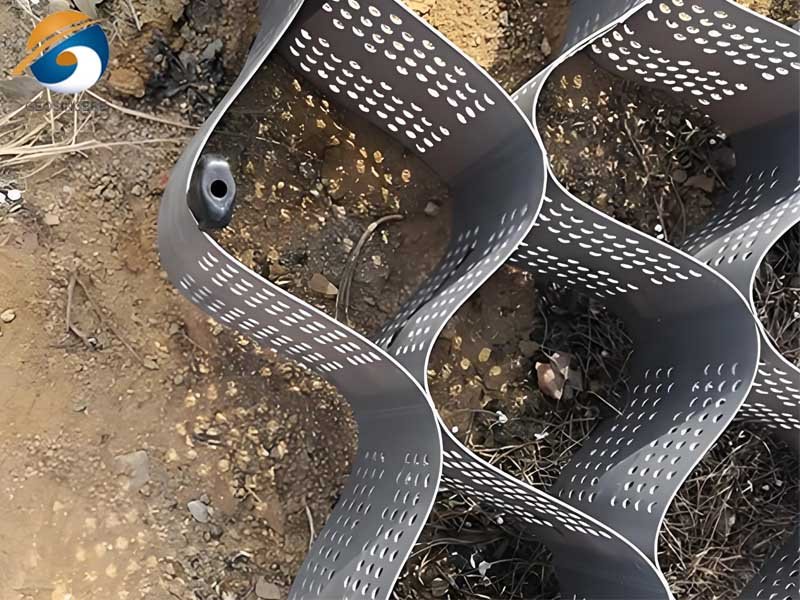
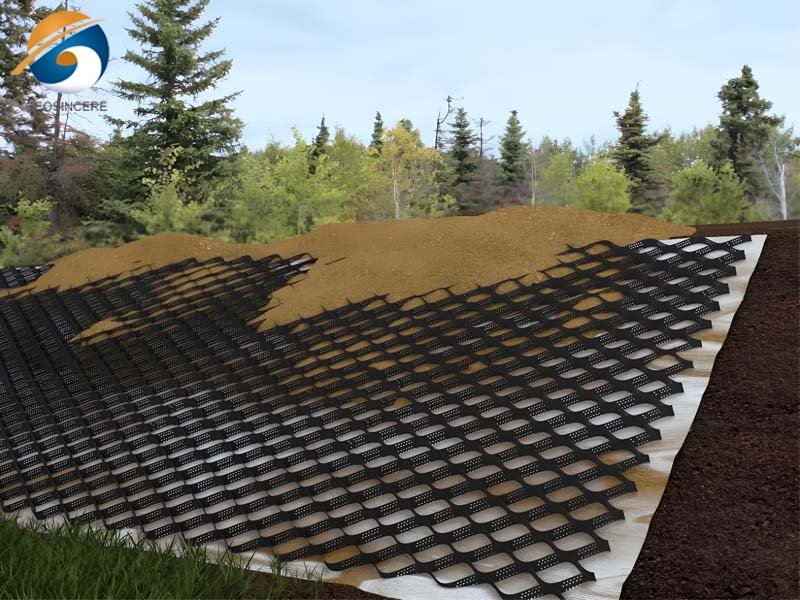
4. Considerations and Long-Term Outlook
While the advantages are profound, a balanced view requires acknowledging certain considerations. The primary challenge is one of awareness; many contractors and homeowners are still unfamiliar with geocell technology for residential applications, potentially leading to a default preference for traditional methods. It is crucial to work with an installer who understands the specific engineering principles involved. Furthermore, while a gravel-infilled geocell driveway provides an exceptionally stable surface, it may not feel as uniformly smooth underfoot as concrete for activities like basketball or cycling. Its beauty lies in its textured, natural functionality.
Looking forward, the geocell driveway is poised to become a mainstream choice. As the demand for sustainable, resilient, and cost-effective landscaping solutions grows, this technology offers a proven and intelligent answer. It represents a perfect synergy between engineering ingenuity and environmental responsibility.
5. Conclusion: A Paradigm Shift in Pavement
The geocell driveway is far more than just an alternative surfacing option. It is a paradigm shift, demonstrating that strength does not have to come from rigidity, and that sustainability does not require sacrificing performance. By moving beyond the outdated asphalt-concrete dichotomy, it offers a third path—one that is smarter, more adaptable, and more in tune with the environment. It is a solution that works with the laws of physics and nature, using confinement to create stability and permeability to manage water responsibly. For the modern homeowner seeking a driveway that is durable, economical, beautiful, and kind to the planet, the answer is clear. The future of residential paving is not a solid, impervious mass, but a resilient, intelligent, and cellular network.If you have any questions, please contact GEOSINCERE.

